Hidden hazards can derail your dream of scoring a great deal. Before you plunk down any cash, sit down with this
Another option is to request an XRF test, in which the inspector uses a special tool to search for lead. “This allows us to test all the surfaces in the home and produce a spreadsheet report of exact lead content and locations,” says Ventura.
This option is much more expensive than the first, though, costing anywhere between $650 and $1,000 for an average residence, as opposed to just $100 for a swipe test.
Ventura also recommends walking the perimeter of the home to look for paint chips. If you see some, request that the soil be tested for lead, as well.
It’s also smart to request soil tests for areas where you might be considering a vegetable garden or a child’s play area. “Those areas have different thresholds for what’s accepted,” says Ventura.
“Invariably, a lot of it leads back to ventilation,” he says.
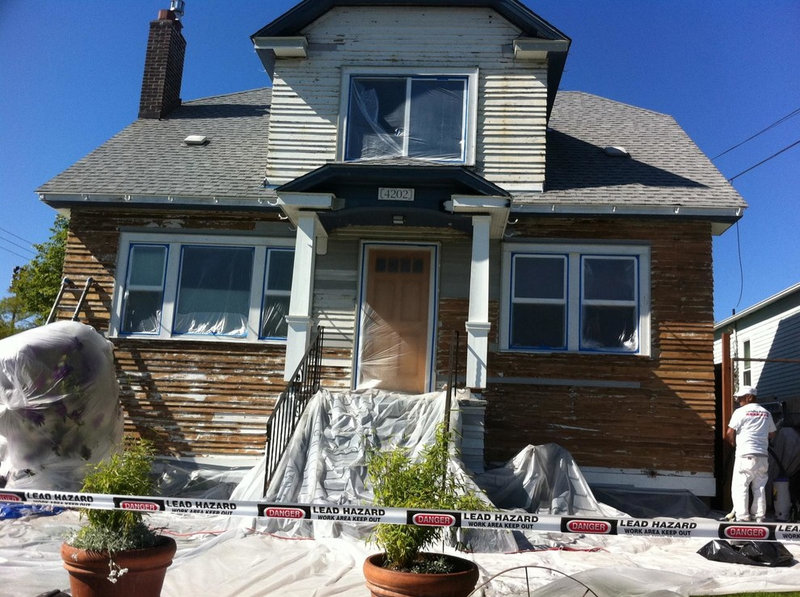
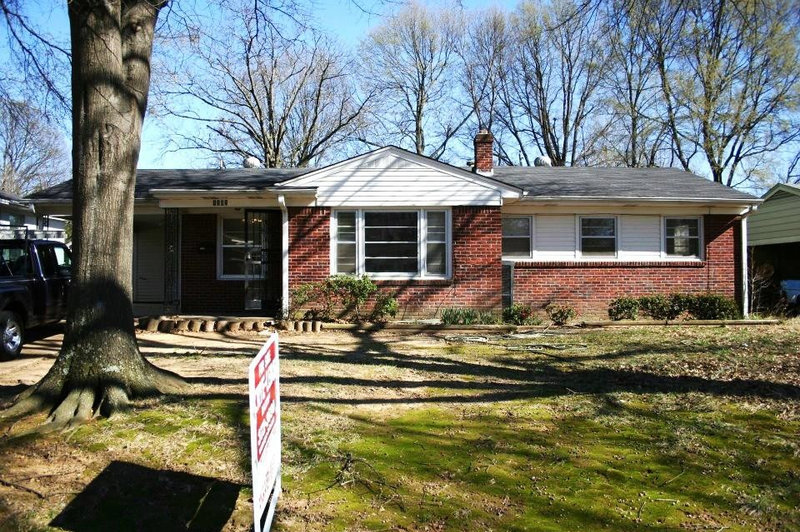
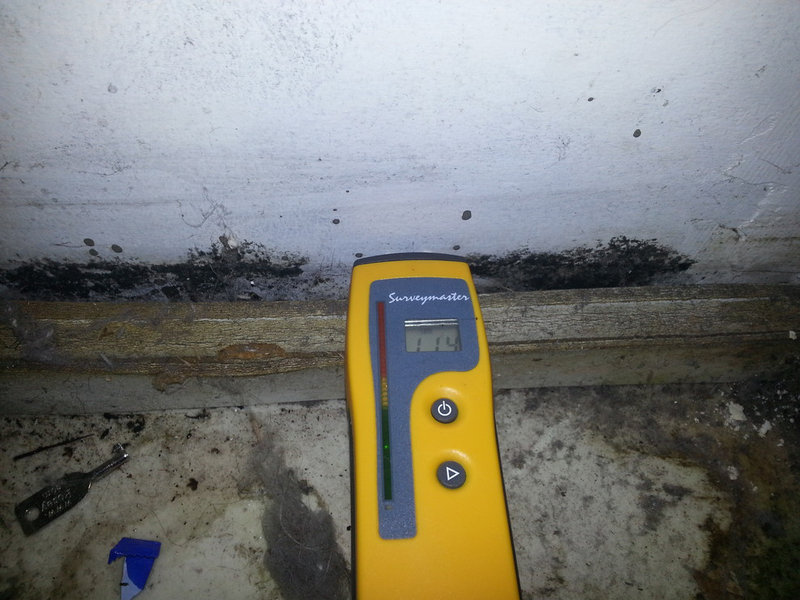
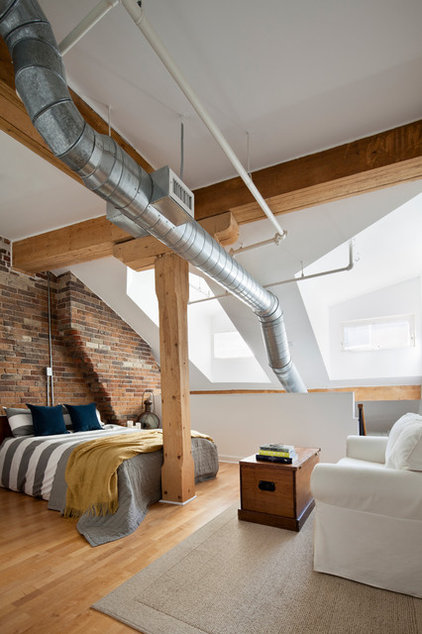
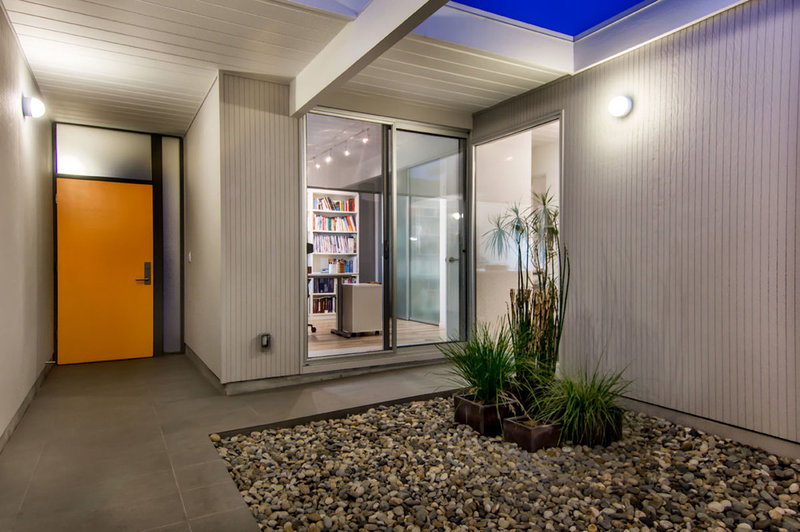






Speak Your Mind